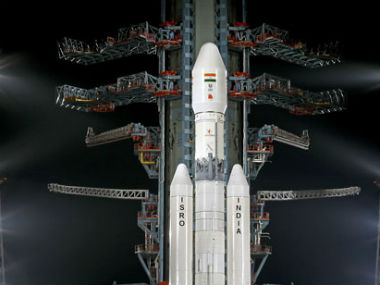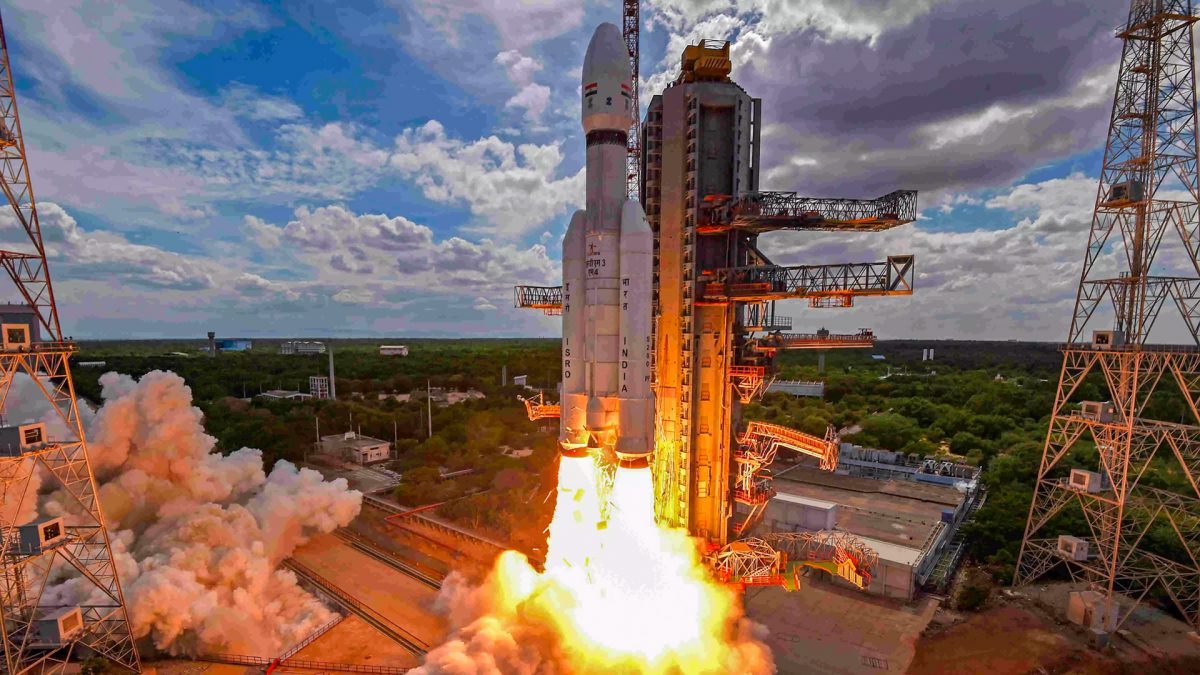India’s space agency the Indian Space Research Organisation (ISRO) today successfully launched the nation’s heaviest next-generation rocket named the Geosynchronous Satellite Launch Vehicle (GSLV-Mark III) into space. ISRO confirmed the successful launch on Twitter.
The launch began at 9 am from the Satish Dhawan Space Centre in Sriharikota. It is one of the most important space mission India has undertaken. Here are ten facts about ISRO’s latest mission.
- The GSLV-Mark III weighs 630 tonne and is powered by liquid and solid fuel engines. According to an IANS report, MYS Prasad, director of the Satish Dhawan Space Centre in Sriharikota said that that “During the countdown, the rocket’s liquid fuel engine will be fuelled up and the passive cryogenic engine at the top will be filled with liquid nitrogen for mass simulation.
- According to this article on NASASpace.com, the GSLV-Mark III and LVM3, is a completely new vehicle marking the third generation for India’s orbital launch systems.
- The rocket has two active solid and liquid propulsion stages, according to the ISRO website. These are the S 200 and L110. In addition to its there is also the cryogenic engine C 25 X which in a passive state as it is still under development.
As this New Indian Express article a regular flight of the GSLV-Mark III is expected only in 2016.
The experimental mission will cost India approximately Rs 155 crore. The GSLV-Mark III is not carrying any satellite.
The rocket is carrying a Crew module, which looks like a giant cup cake. CARE is the acronym for Crew module Atmospheric Re-entry Experiment. The mission would be used as a platform for testing the re-entry technologies.
The crew module 3735 kg, which is close to 4 tonnes. There is no actual live crew in this module. The main objective of the crew module is to demonstrate its re-entry flight and aero braking.
The rocket will go up to 126 km and then Crew capsule will be detached and it will fall into the Bay of Bengal, 20 minutes after blast off. The descent speed of the Crew module will be controlled on board motors for some distance and then by three parachutes.
The module will splash down 600 km from Port Blair and 1,600 km from the space centre. The capsule will be recovered by an Indian Coast Guard or Indian Navy ship.
This CREW module is essentially the size of a small bedroom and can accommodate 2-3 people.
With inputs from IANS


)




)
)
)
)
)
)
)
)